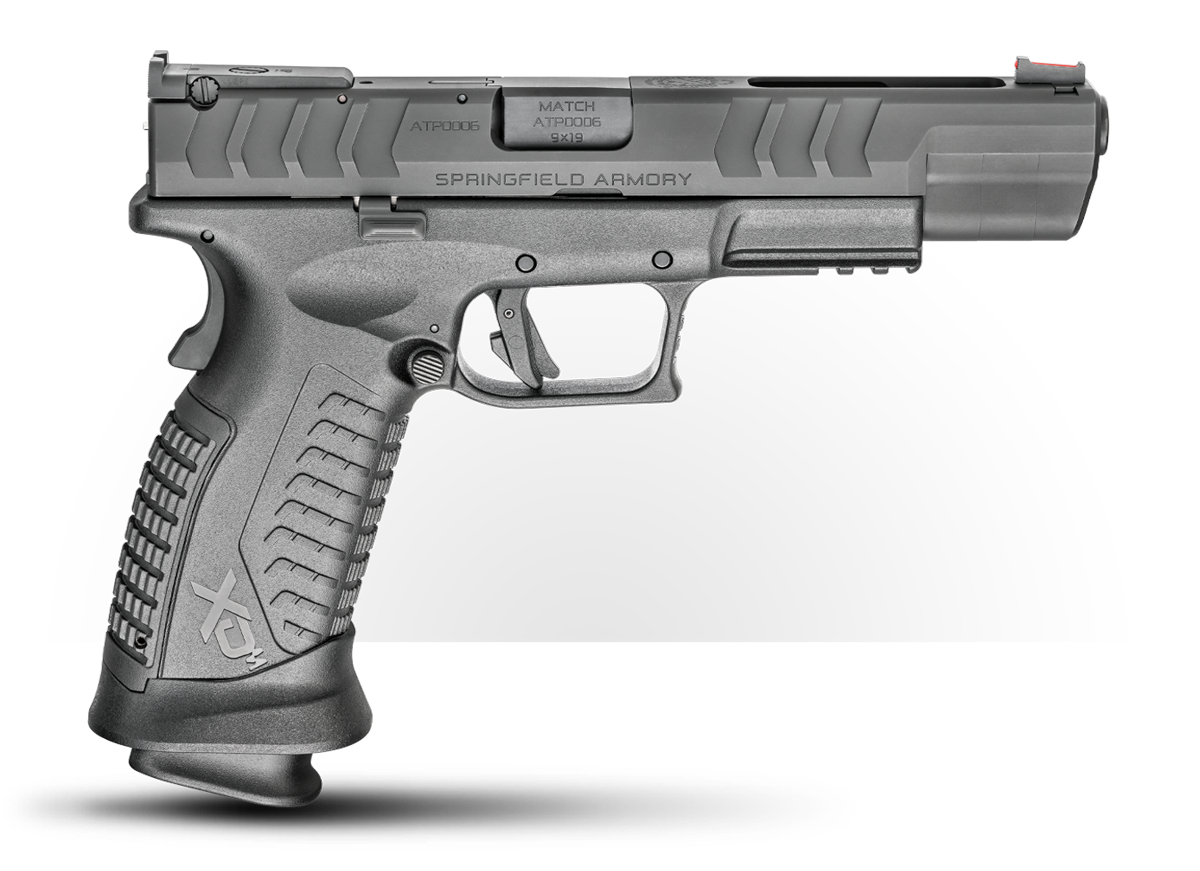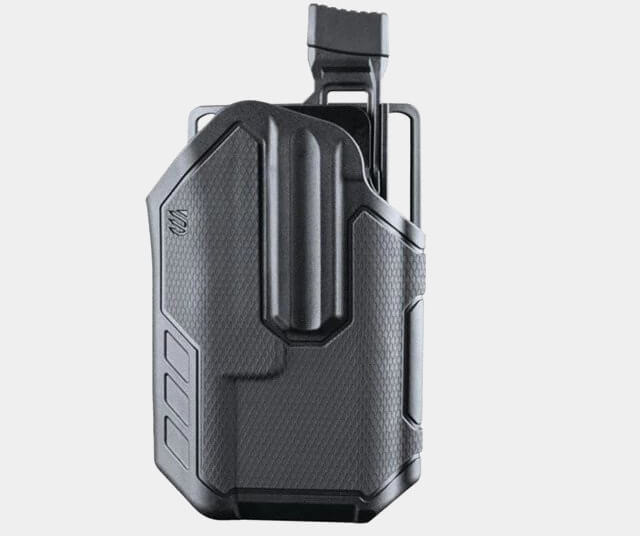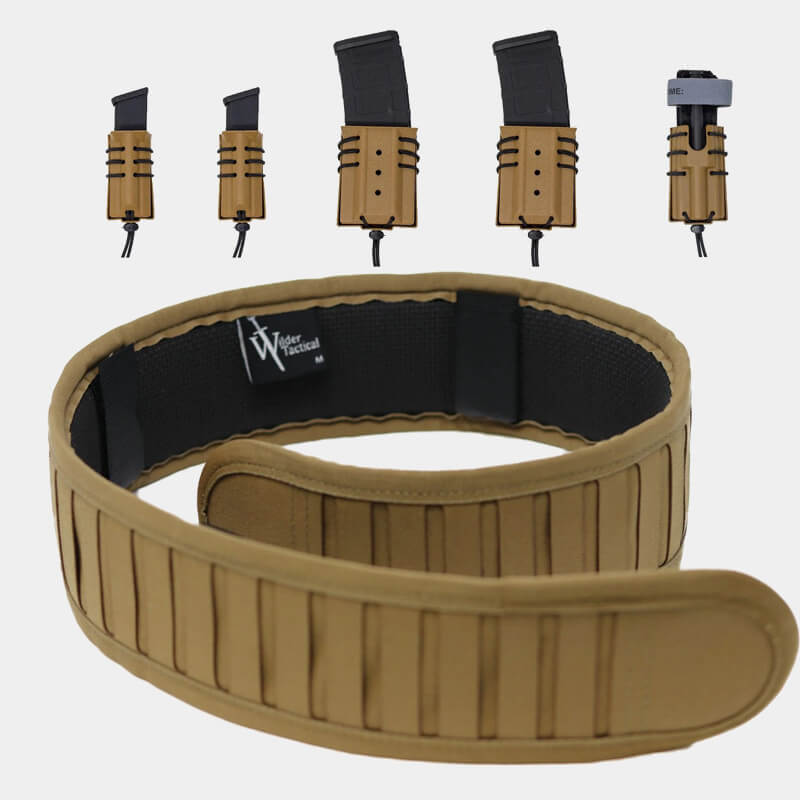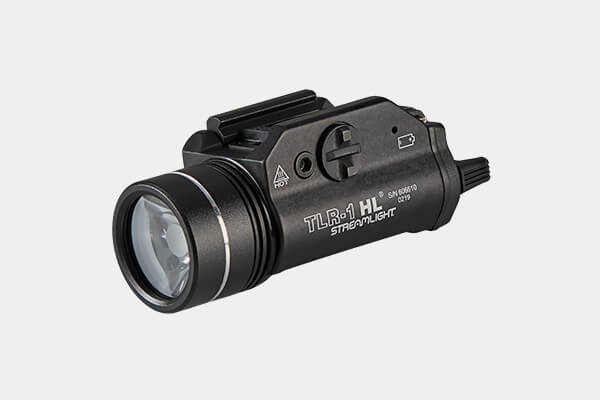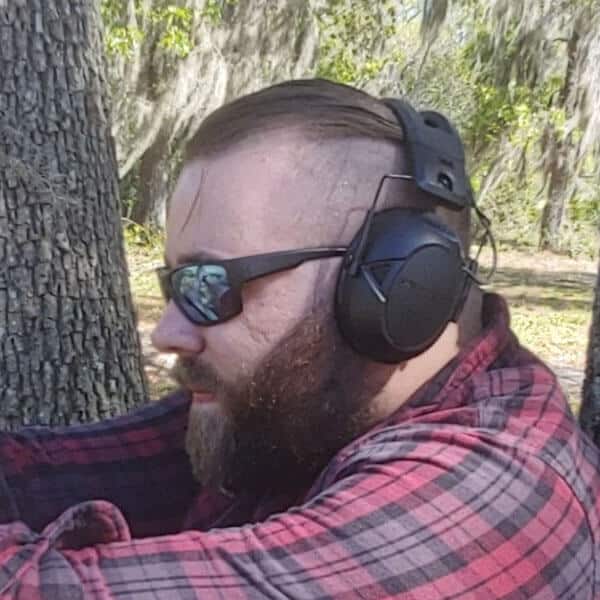Draw strokes are a subject we tend to go on and on about. There are lots of different ideas out there about draw strokes, and we don’t have the time to dissect them all here. For example, Massad Ayoob demonstrates a weak-hand draw from a variety of positions for us.
One thing we can all agree on is that a draw should be quick, yet safe and secure. A lot of people make the mistake of rushing to be fast and skip out on the safe and secure part of their draw.
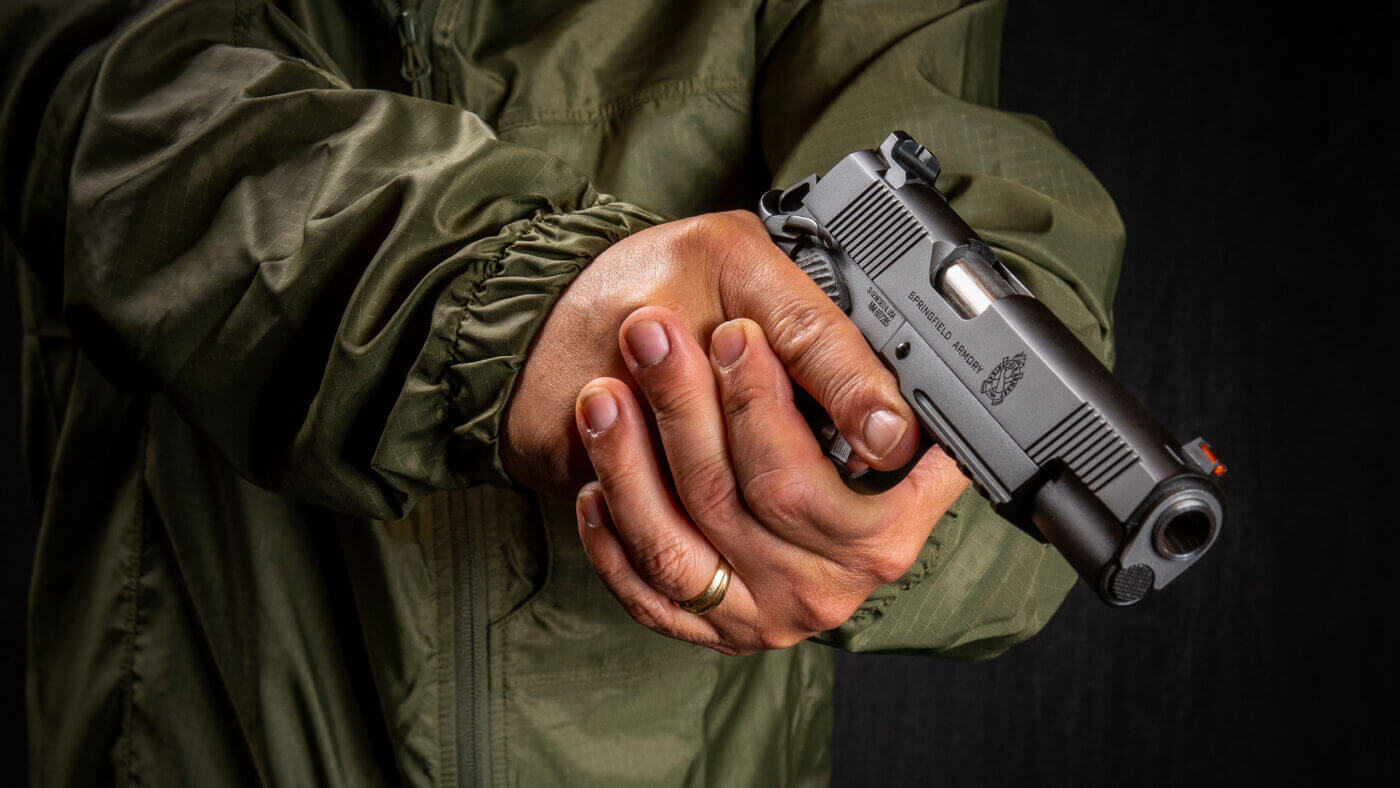
That’s a huge mistake. Today, we are going to talk about how to learn to draw fast, while also remaining safe and secure by slowing it down. We aren’t going to focus on speed, but rather on technique. We are going to force ourselves to start slow and build good habits.
Must-Haves
For this training technique, you’ll need a gun, a holster and a shot timer. You can use an app for a shot timer, but apps aren’t perfect (but can be acceptable in a pinch). This can be run dry or with live fire. I do recommend starting dry and building habits before you go to the range. It will also make you more efficient once you get to the range.
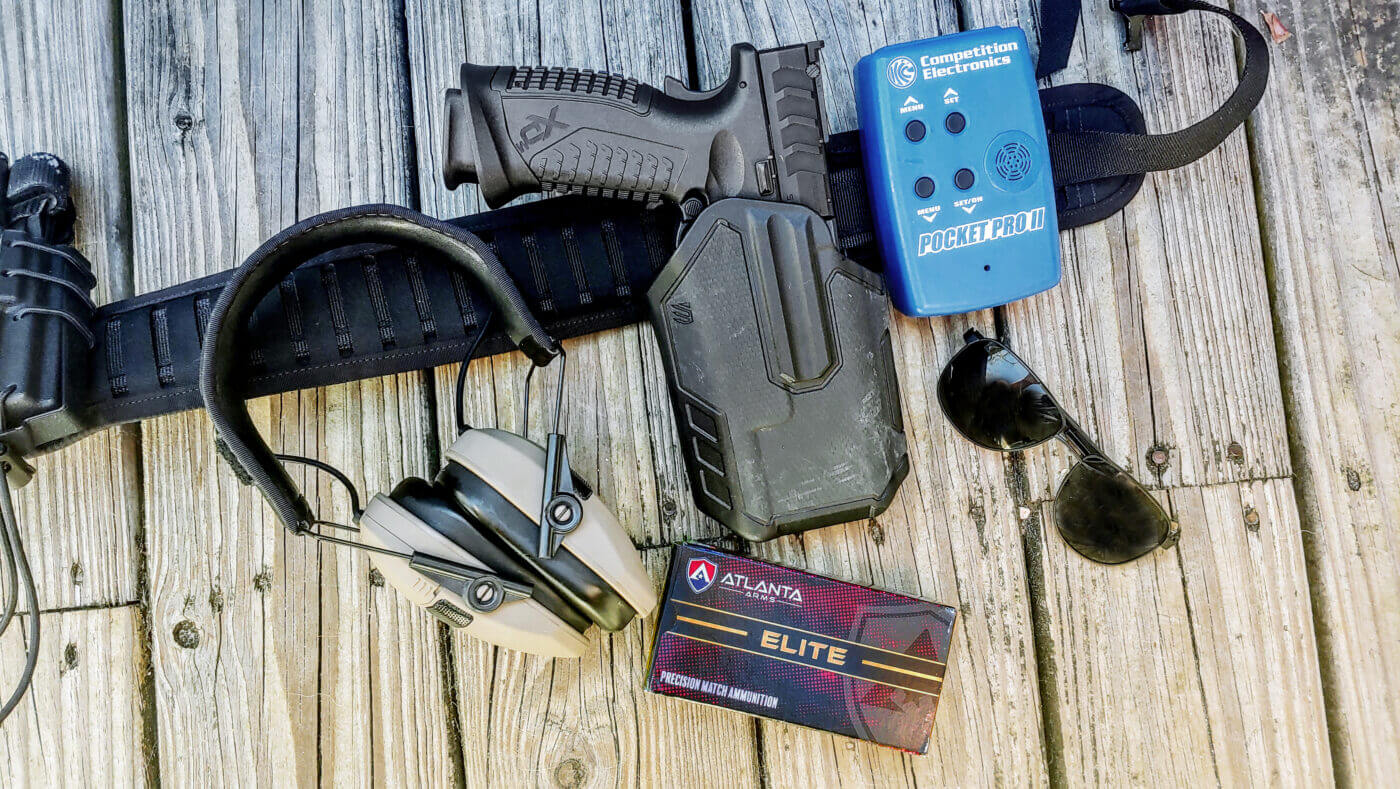
For this article, I am using an XD-M Elite 5.25″ in a duty-style holster with an active retention device. Specifically, the Blackhawk Omnivore. This is a duty-style setup, but this style of training can be used with a concealed carry rig and a small gun as well. However, for the video and article, it’s a little easier to see the technique from a duty-style rig.
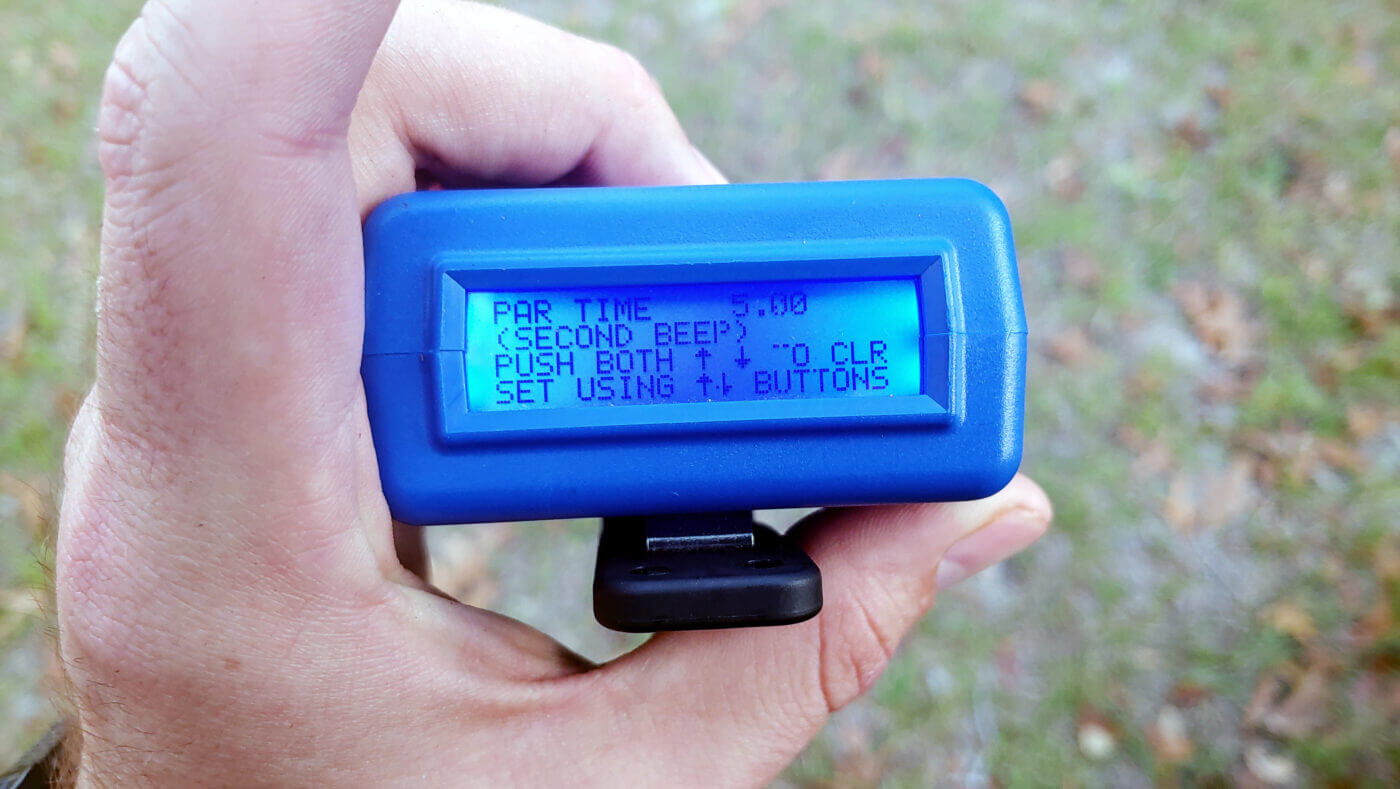
Ammo is from Atlanta Arms and was used to test and review the Springfield XD-M Elite 5.25″ Precision model (to see the full review, click here). This is the ammo I used during this test as well. I found it to be incredibly well made and accurate. Best of all, it was consistent and reliable.
The Steps
Here is what we are going to do. Take your timer and set a par timer for five seconds. Set the go signal on a timer for however long it takes you to holster your weapon and prepare to draw.
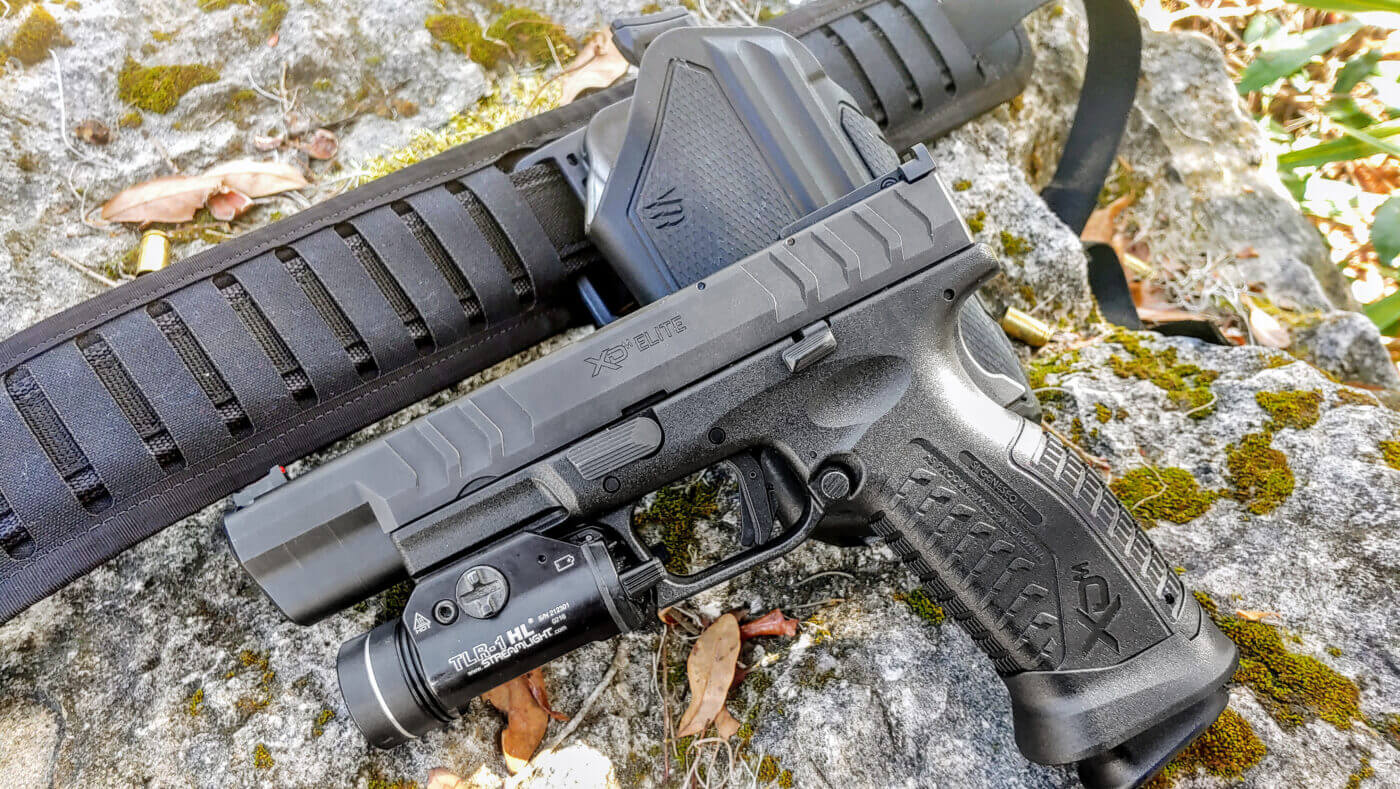
Holster your weapon and hit the go button. When the timer goes ding, I want you to restrict your instincts and draw slowly.
The par time is set for five seconds, but instead of trying to beat the par time try to pull the trigger as close to the timer as you can. That’s right, I want you to take five seconds to draw. I want you to focus on every element of your draw.
I break my draw down into a five-step maneuver.
- Grip the gun with the firing hand and bring the non-firing hand to your chest.
- Draw the gun and clear the holster.
- Rotate the gun towards the target.
- Push the gun forward, and the off-hand should meet the gun to form a good grip. Place finger on the trigger.
- Fire.
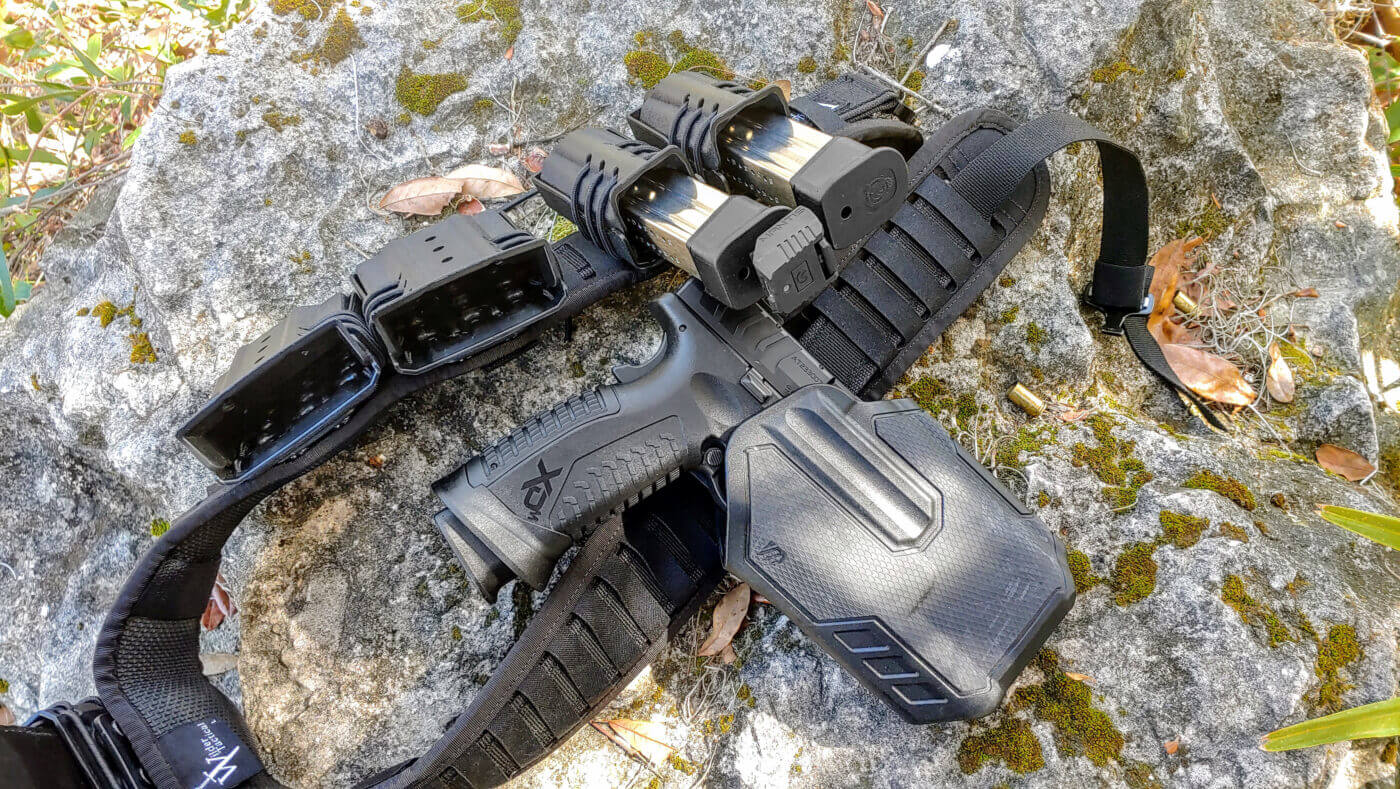
Break your draw technique down any way you choose, focus on the cadence of the draw and do everything as perfectly as possible. Do it ten times at a minimum of five seconds each. Then reduce the par timer to four seconds.
Do it again, then three seconds, two seconds and then fractions of a second from 2 to 1. Evaluate every draw stroke for excellence in the fundamentals. If you start losing control of your fundamentals, add more time to the par timer and take that step back to reset and reconfigure.
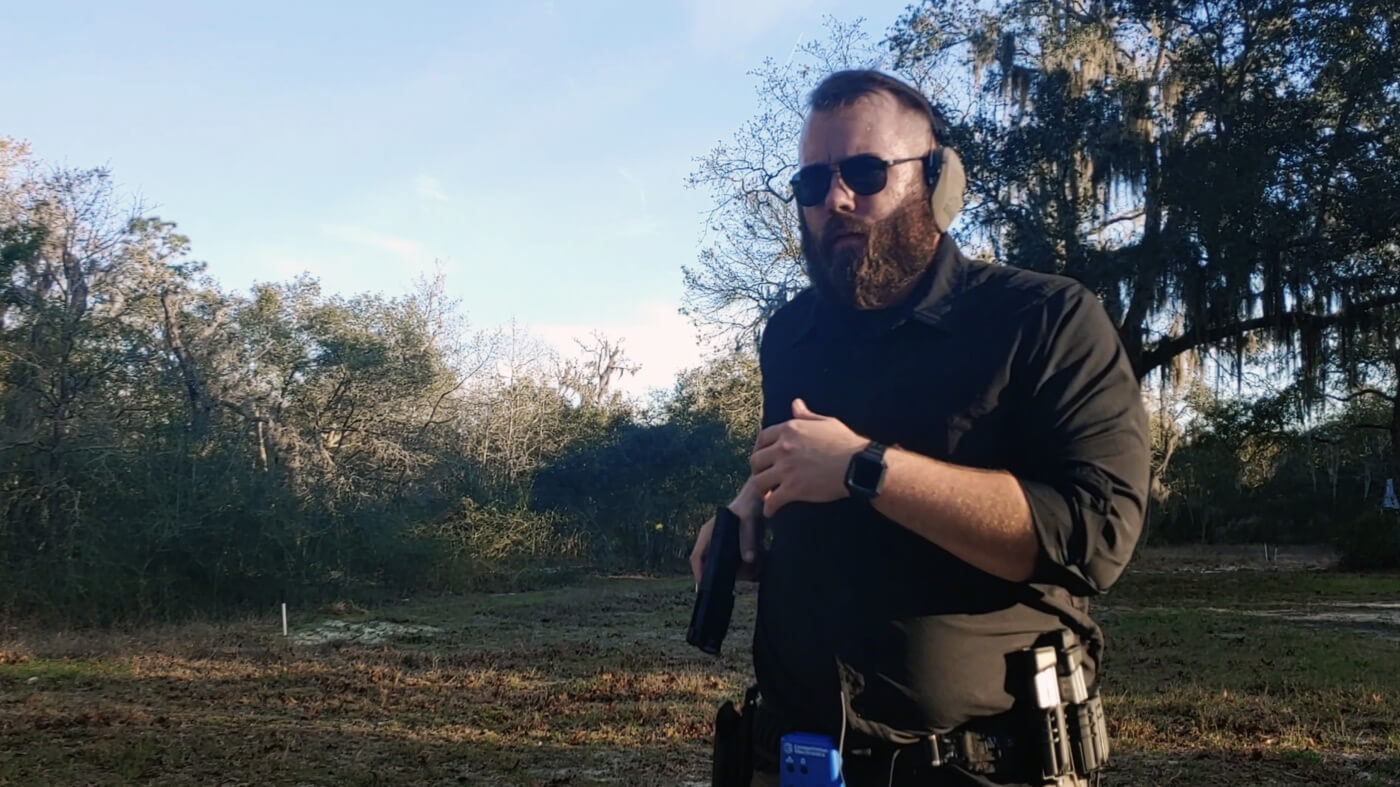
Conclusion
This training technique will help you build good habits in your draw and allow you to not only work on speed, but on control, having a secure grip, presentation, and most of all, on safety. It’s also low pressure, relaxing and fun to do. It can be done with live ammo or dry, but as always follow all gun safety rules when doing either. I know that you’ll be happy with the results you get. I know I was.
Editor’s Note: Please be sure to check out The Armory Life Forum, where you can comment about our daily articles, as well as just talk guns and gear. Click the “Go To Forum Thread” link below to jump in and discuss this article and much more!
Join the Discussion
Featured in this video
Continue Reading
Did you enjoy this video?

 44
44




